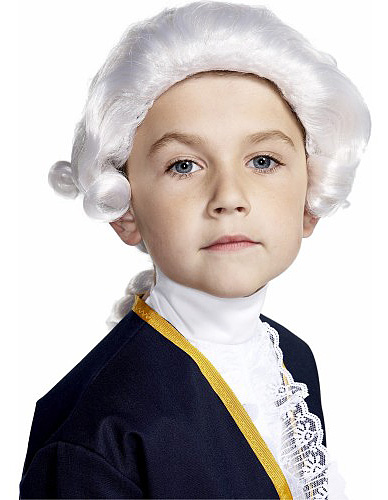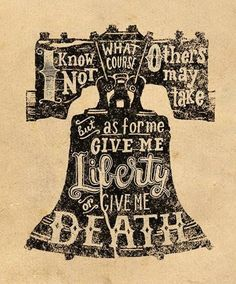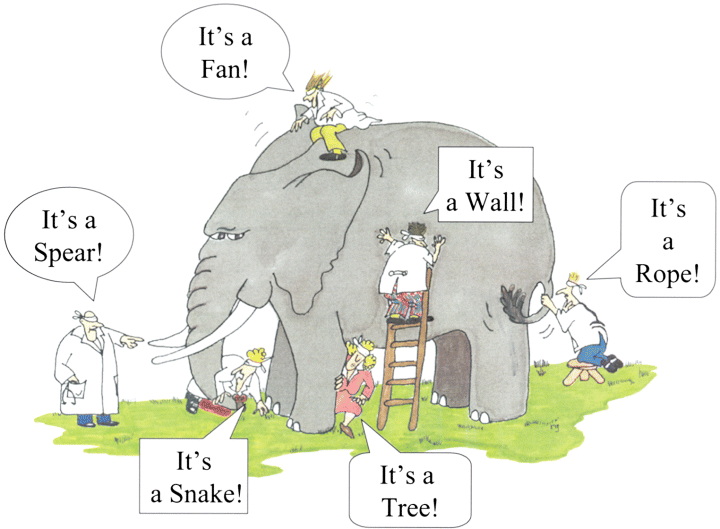 I spend a lot of time teaching/working with middle school US History and Civics. In case you haven’t looked at those benchmarks in a while, I’ll fill you in.:
I spend a lot of time teaching/working with middle school US History and Civics. In case you haven’t looked at those benchmarks in a while, I’ll fill you in.:
They are overwhelmingly about old, white men who are now dead. There are very few women or people of color or children or teenagers in those benchmarks, and when they do appear in the benchmarks, they show up all in one benchmark which literally says “examine the time period from the perspective of historically underrepresented groups (children, indentured servants, Native Americans, slaves, women, working class).”
John Adams has his own benchmark (Hamilton says, “Sit down, John, you --”). So does Thomas Jefferson.
Not to detract from those important men. But there aren’t any benchmarks about specific individuals that aren’t white men.
Look around your middle school or high school classroom.

It is probably roughly half male and half female (except that one weirdly unbalanced class...).
You probably have varying diversity depending on your school, but most schools are not as overwhelmingly white as the list of presidents in the back of your textbook.
And although some of your teen boys might THINK they should be referred to as “men” the rest of us call them all “boys” until they’re 18. And if they’re in high school, we usually refer to them that way until graduation.
 All that to say -- none of us teach a classroom of old, white men in our classrooms. And none of us teach dead ones And none of our kids dress or live like the 1800s.
All that to say -- none of us teach a classroom of old, white men in our classrooms. And none of us teach dead ones And none of our kids dress or live like the 1800s.
It’s hard to help kids feel a connection to someone from so long ago that really doesn’t look like they do.
So how on earth are we going to make a curriculum of old, dead, white men (ODWM) relevant to young, alive, multicultural students?
It’s all about multiple perspectives and humanity-sized issues.
 If your benchmarks and resources point you toward the ODWM, please remember that these men did not live in isolation. Some portraits and resources may look like a sea of white, male, powdered-wig-wearing faces ... but really, these men saw and interacted with women and children (and often people of color) all the time.
If your benchmarks and resources point you toward the ODWM, please remember that these men did not live in isolation. Some portraits and resources may look like a sea of white, male, powdered-wig-wearing faces ... but really, these men saw and interacted with women and children (and often people of color) all the time.
There is no way that Locke or Montesquieu lived lives free of women. So, let’s bring women into the conversation. What might women have thought about those men’s views? What women might have agreed with them? What women might have disagreed with them? How might that imaginary conversation looked?
 There is no way that Patrick Henry and Thomas Paine lived in New England without encountering Native Americans or African Americans. What might each group have thought about the man and his writings? In what ways might they have interacted? How would Patrick Henry have answered an African American or a Native American questioning his “give me liberty or give me death”?
There is no way that Patrick Henry and Thomas Paine lived in New England without encountering Native Americans or African Americans. What might each group have thought about the man and his writings? In what ways might they have interacted? How would Patrick Henry have answered an African American or a Native American questioning his “give me liberty or give me death”?
This is a great opportunity for kids to do higher-order thinking. “What-if thinking”, when done well, can be like a hypothesis. One that’s hard to prove, but still one that’s good for learning about context and the relationships between people and ideas.
There’s even a BENCHMARK about multiple perspectives -- in almost every course!
 In Middle School US History, the benchmark is SS.8.A.1.6 “Compare interpretations of key events and issues throughout American History.”
In Middle School US History, the benchmark is SS.8.A.1.6 “Compare interpretations of key events and issues throughout American History.”
In Middle School Civics, the benchmark is SS.7.C.2.13 “Examine multiple perspectives on public and current issues”.
In High School World History, the benchmark is SS.912.W.1.5 “Compare conflicting interpretations or schools of thought about world events and individual contributions to history (historiography)”
In High School US History, the idea of multiple perspectives is laced into a tone of individual benchmarks -- but the most explicit one is LAFS.1112.RH.3.7 “Integrate and evaluate multiple sources of information presented in diverse formats and media (e.g., visually, quantitatively, as well as in words) in order to address a question or solve a problem.”
 If your child is not an “old, dead, white man” (and ... it would be super-creepy if you taught dead kids), it’s not the FACE a kid needs to connect with. A kid will best connect with the human issues at stake in history. The “Old Dead White Men” grappled with issues of power, understanding, greed, relationships, survival, culture, change, and obstacles. Our kids may not live in the same times as the people in history, but they can wrestle with the thinking of those ODWM and the others who lived in their time period.
If your child is not an “old, dead, white man” (and ... it would be super-creepy if you taught dead kids), it’s not the FACE a kid needs to connect with. A kid will best connect with the human issues at stake in history. The “Old Dead White Men” grappled with issues of power, understanding, greed, relationships, survival, culture, change, and obstacles. Our kids may not live in the same times as the people in history, but they can wrestle with the thinking of those ODWM and the others who lived in their time period.
Take a look at the place where your students and your content fail to connect. Then, look for a way for your kids to connect -- can they examine that person’s motives, struggles, purposes? Can they look at the issue from the perspective of another non-ODWM? Can they put a modern spin on the issue?
Multiple perspectives are so important in our personal lives and in our lives as citizens.
How do you make ODWM relevant to live, diverse, modern students? How do you teach multiple perspectives? As always, I love to hear from you -- email me at newmantr@pcsb.org
-Tracy